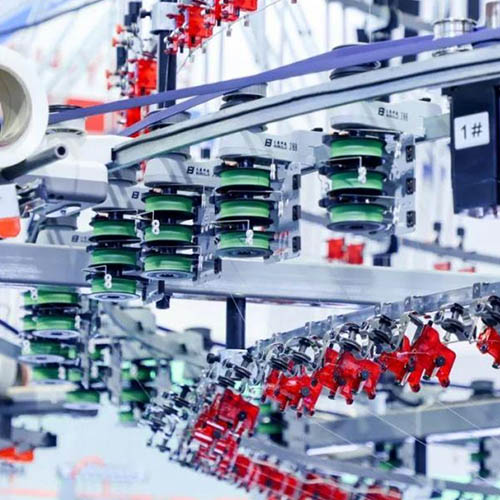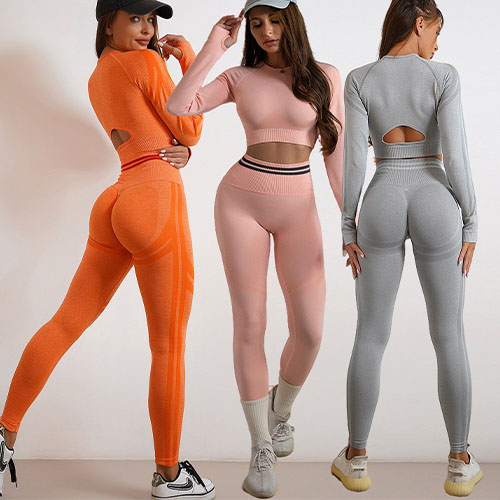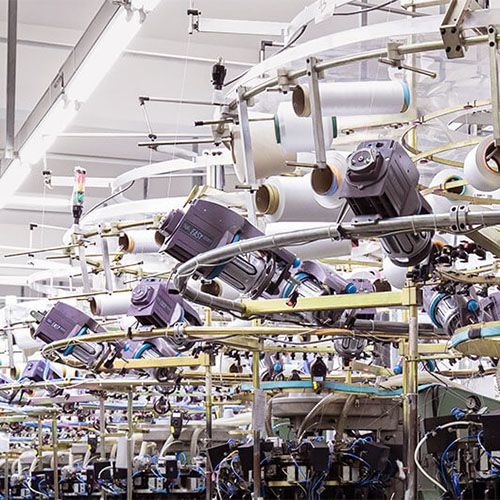
April 14, 2025
An intermediate sewing solution that balances performance, cost and comfort Abstract In the field of sportswear manufacturing, the choice of sewing process directly affects the functionality, comfort and market competitiveness of the product. Traditional sewing methods (such as flat seams and three-thread lock seams) often cannot meet the needs of high-intensity sports due to problems such as seam friction and insufficient elasticity. This white paper systematically analyzes the five most mainstream sewing processes in sportswear production, focusing on the technical advantages and commercial value of **Flatlock Seam**, and provides scientific selection basis for brands and buyers. Ⅰ. Panoramic comparison of core sewing processes for sportswear 1. Flatlock Seam Process principle 4 machine needles + 6 stitches (4 top stitches + 2 bottom stitches) are used to form a covered chain stitch (ISO 607 Type 604). There is no boney bulge at the seam (thickness <0.3mm), and both the front and back sides are flat stitches. Core advantages Ultra-high elasticity: lateral stretch rate ≥80%, far exceeding ordinary flat seams (≤30%), suitable for large movements such as yoga and running. Zero friction experience: the seams are flat and smooth to avoid skin abrasions (Lululemon Align series standard process). Extreme durability: Martindale test seam slippage <2mm, still firm after 50 washes. Applicable scenarios High elasticity required parts such as yoga pants side seams, sports bra straps, compression clothing. 2. Heat Seal Bonding Process principle Use TPU film to press the fabric seams at high temperature, completely without needle and thread marks. Advantages and limitations ✅ Advantages: Absolutely traceless, suitable for sensitive areas (such as sports bra cup joints). ❌ Limitations: The cost is 40% higher than four-needle six-thread, and it is only applicable to chemical fiber fabrics (cotton/linen is not available). 3. Ultrasonic Welding Process Principle High-frequency vibration fuses the fibers, without needles, threads, or glue. Advantages and Limitations ✅ Advantages: Environmentally friendly and pollution-free, excellent waterproofness (commonly used in outdoor jackets). ❌ Limitations: Poor elasticity (stretching rate <15%), only for synthetic fibers. 4. 3D Seamless Knitting Process Principle Fully computerized knitting machines directly weave garments, completely seamless (such as Adidas Primeknit technology). Advantages and Limitations ✅ Advantages: Peak comfort, close to zero material waste. ❌ Limitations: High equipment cost (more than $2 million per unit), long delivery cycle. 5. Traditional flat seam + Basic Overlock Process Principle Ordinary flat seams followed by three-thread overlock, the most basic process in the industry. Problem summary ❌ Limitation: Seam thickness > 1.2mm, rubbing the skin during exercise. ❌ Limitation: Very poor elasticity (stretching rate < 30%), easy to break. Ⅱ. Commercial value analysis of four-needl...
Read More

 April 14, 2025
April 14, 2025
 April 15, 2025
April 15, 2025
 June 20, 2025
June 20, 2025
 June 19, 2025
June 19, 2025
 June 16, 2025
June 16, 2025
 June 10, 2025
June 10, 2025